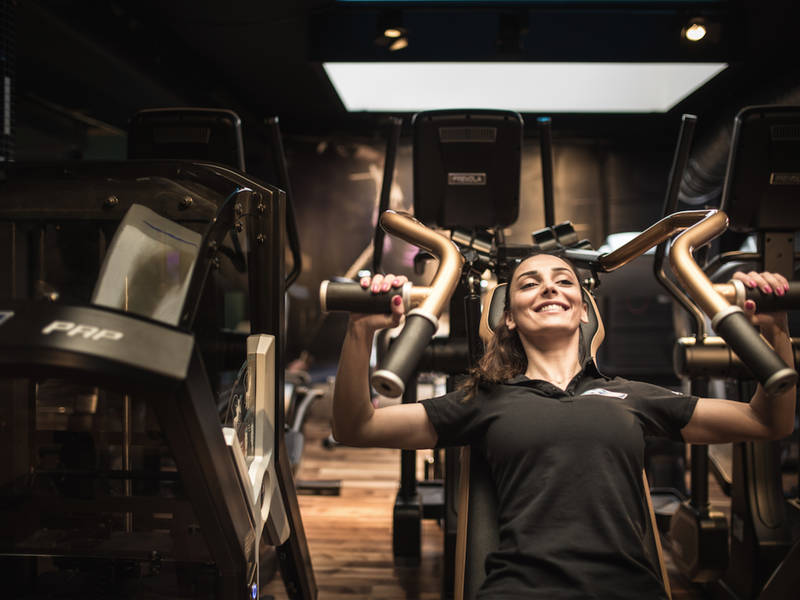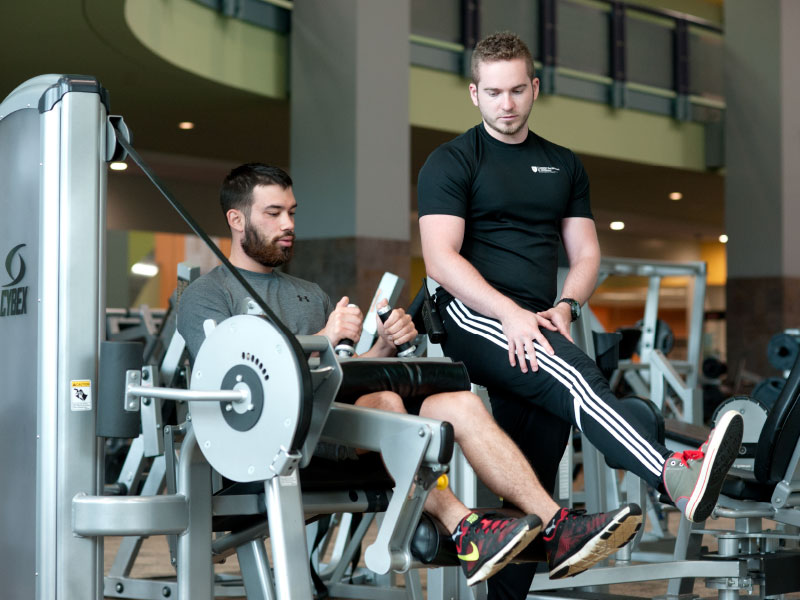Have you decided to get back in shape? Well done! However, the most difficult thing is to persevere…. Here are some tips to help you…
Determine our goals
Do we want to improve our health, physical condition or appearance? It is very important to define our goals, because it involves different methods. We can improve our health by simply doing 30 minutes of physical activity every day, at a moderate intensity. But to improve our physical condition or appearance, we need to do between 20 and 60 minutes of physical activity, at high intensity, three to five times a week.
Doing what you love
Doing something we enjoy is essential to get off to a good start and stay on track. Does running five kilometers bother us to death? This activity can never be practiced over a long period of time. Pleasure must be the first criterion for selecting a physical activity. Discipline must also correspond to us. For example, if you are a lonely person, you should not register for a group course.
Make physical activity a priority
We want to put all the chances on our side? Training must become a priority. If we train only when we have time, our approach is doomed to failure. So we put training periods on our agenda and we don’t move them under any circumstances. We keep the same time slots from one week to the next; the habit of moving is better anchored if the activity is repeated at the same time and on a regular basis.
Set reasonable goals
Realistic objectives drive us to action. We set ourselves a challenge that we know we can meet. It is better to set modest goals and achieve them than to fail and give up. We write down our objectives in writing and keep them in sight: it crystallizes our intentions!
Develop our patience
We should not expect immediate results: the fitness process is long. It takes 6 to 12 weeks of regular effort to see real changes. Large and rapid weight losses never last. And, by losing weight quickly, you may also lose muscle mass, which is not desirable.
Train gradually
This advice applies particularly to people who have been sedentary for several years or are getting older. The acquisition of new lifestyles requires will and physical effort. We must also be given a period of adaptation. If you make a moderate effort at first, the habit is created more naturally and our chances of success increase.
Find a partner
People who train with a partner are more loyal to their practice. The other person encourages and disciplines us and we can share our feelings and progress with them.

Register for a group course
Registering for a course allows us to try new activities and meet interesting people. And, if you have paid money for a course, you will be more likely to participate. Gyms offer a wide range of group classes. You can also join a walking club or join a dance or tai chi class.
Do several physical activities
Giving importance to variety in the type of efforts made for the same activity and in the kinds of activities practiced is a good way to stay motivated. It is easier to maintain a regular practice throughout the year if you engage in several activities. For example, cycling is practiced from June to September, indoor training from October to December, cross-country skiing from January to March and brisk walking in April and May. We can also vary our activities every week: we go for a long walk twice a week and play tennis with a friend on weekends.
Keep a record of our physical activities
Keeping a logbook that records the activity, duration, distance traveled, number of games played and benefits felt is a good way to stay motivated. Fitness professionals work with this type of tool. This journal is a real support, because it gives us the feeling of progress necessary to maintain our motivation.
Don’t forget to improve
There is nothing like positive results to keep us motivated. To progress, you always have to do a little more, i.e. go from brisk walking to jogging, play 1 hour of badminton instead of 45 minutes or lift a 5 kg load 15 times instead of 10. When you increase the effort, your body works harder. But it also adapts to overload, so that the intense effort that made us suffer becomes moderate after some time. This is why it is important to adjust the workload regularly and gradually.
Hire a private trainer
A certified kinesiologist, qualified physical educator or certified fitness evaluator not only designs our training plan, but corrects us immediately when an exercise is poorly performed. He also adjusts the program as we progress and encourages us.
Give each other rewards
They encourage us to persevere. You don’t hesitate to buy them when you reach a goal. Rewards can take many forms: sportswear, dinner at the restaurant, a massage, a weekend getaway or, why not, a trip to the South!
Keep it simple
It is better to avoid sports that are complicated in terms of organization or technique. If we need an hour to get to the pool and we can only go there at specific times, we risk skipping sessions and dropping everything. The slightest inconvenience will eventually extinguish the flame of our motivation, and we must also remember to bring our equipment to the office so that we don’t have to come home and be tempted to stay there.
Daily physical activity is part of a healthy lifestyle. It is known to provide all kinds of benefits such as improving physical fitness, reducing the risk of many diseases, promoting mental health and reducing the effects of stress.
But how much physical exercise do we need to do in order to get the benefits? Canadian physical activity guidelines recommend a minimum of 2.5 hours per week for adults aged 18 to 64. Physical activity must be moderate to high in intensity and last at least 10 consecutive minutes.
Moderate intensity exercise should increase your heart rate enough for you to be able to talk, but not sing. Fast walking and cycling are a good example. A high intensity activity will make you breathless to the point where you can only say a few words before you need to catch your breath, such as running or cross-country skiing. It is also advisable to incorporate activities to strengthen muscles and bones such as yoga and weight training or weight training at least two days a week into your routine. Of course, doing even more physical activity has more health benefits.
Remember that the best way to integrate physical activity into your daily life is to choose an activity you love. If the pain prevents you from living an active life, consult your physiotherapist who can help you resume your activities with her care and an exercise program specific to your needs.

